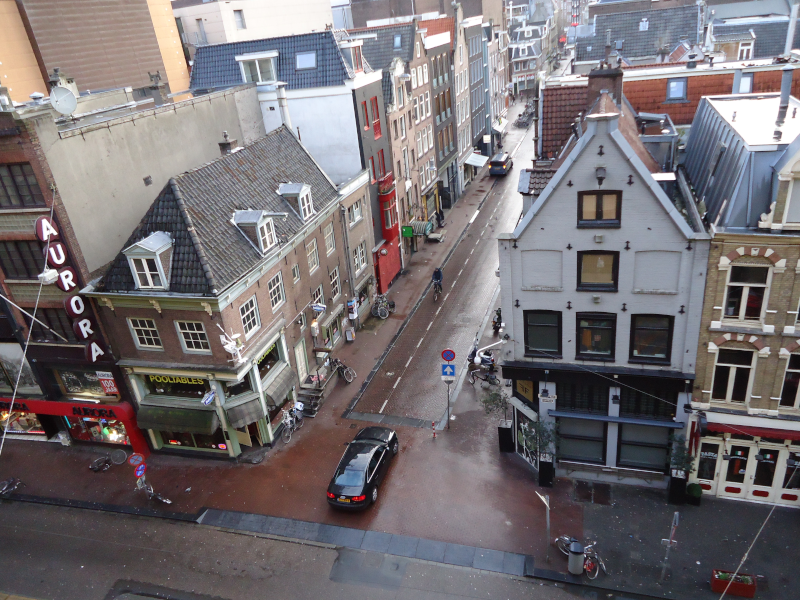
The time in Brooklyn is now:
Fri Apr 18 18:29:22 2025


We endorse the greatest
health and beauty products
and shampoo on the
market -
Maple Holistics

My initial trip to Amsterdam was to satisfy my curiosity as a New Yorker. This being New Amsterdam, and after spending many years documenting the Dutch influence in Brooklyn and New York City, I wanted to see if there was a spiritual connection between the two cities. I went with my Daughter, Shsoshana, partly as a graduation present to her. When we arrived, I had an itinerary of Museums I wanted to see to include the Rijks Museum, the Van Gogh Museum, the Mauritshuis (in the Hague), the Hermitage Annex, the Kroller-Muller in the woods, the Rembrandt House, and Portuguese Synagogue. We covered this in 4 days and was exhausted by the trip.
We learned a few things on this trip and I came to love this city and
I've come to adore the Jewish community that lives in Amsterdam. This
is one of the cultural centers of the Western World with a warm and
generous population. And they hustle. This is a city of hustle and
bustle. One can feel the NY-Amsterdam connection as soon as you get
off the plane.
cont. below
cont. Rijks Museum
cont. Kroller-Muller Museum
cont. Mauritshuis
cont. Van Gogh Museum
cont. Portuguese Synagogue
cont. Frans Hals Museum - Haarlem
cont. Our Visits and Stays in Amsterdam
Amsterdam and the Netherlands has to have the largest collection of Art in the world, and much of that has to do with the Dutch Golden Age. The Dutch Golden Age produced the greatest output of painting in the history of the world, as every museum on the planet stands as a testament to. Early in the development of the great art collections in New York City, a love affair manifested itself with the great art patrons of the city, many of whom where the new Jewish merchant class.
The gobbled up a huge number of Dutch art, which is today on display at the Metropolitan, and the Frick Museums. It got to the point where a tug of war sometimes developed between the Dutch and the city's patrons. To this day this means that Dutch and New York art professionals have a broad and wide collaboration.
Despite the dispersal of great dutch art all about the world, there is still a great collection left in the
Netherlands, starting at the Rijks Museum. On my first trip to Amsterdam the Rijks Museum was under reconstruction
and all I got to see was the annex that they had opened. Later trips I had a chance to see the new Museum.
The dutch were very excited about their new Rijks Museum and put together this nice video to advertise the fact
that is was open.
On the first trip, I made it a point not to take too many photographs, opting instead to actually enjoy the
time with my daughter and this great city. Later trips, I took many pictures and close ups of works from
all the museums we went to accept for the Van Gogh museum which is one of the few museums to still banish
cameras. As a result, I have images across multiple locations in my image galleries mixed in with my
Israel photographs. I'll list the links to them below. Like the Metropolitan Museum of Art in New York, the Rijks
Museum and the others in the Netherlands have just too many great works to put them all on this page, so I will
put up a select few and if you click on them, you should see the larger image close up.








Vermeer's Milkmaid has been extensively written about within the context of the 17th century role and symbolism that she would have sprung from. Of course, this is one of the most famous paintings in the world, and I was lucky to get exceptionally close to the painting on a raining winter day, before it was placed behind protective glass, as it is now. The guards at the Rijks Museum were very kind to me. I do want to note that the painting is dominated by two tones, Blue and Yellow and these pigments, especially the blues, were expensive and needed great artistry in order to produce.
Vermeer used a blue pigments, one called Ultramarine, which was produced from the lapis lazuli which was imported from Afghanistan. It was very expensive and his use of it might well have meant that is paintings were an upscale purchase. However, he tinted the color with lead white (which is poisonous to humans as we learned) to produce a pigment tone called Cornflower Blue. I think this has confused many authors, to thinking the pigment itself was produced by the Cornflower. But if the National Gallery in London is to be believed, and they have done considerable research on the topic, the blue source in Vermeer is Ultramarine.
The Yellow is sourced from oxides of lead and tin. These were often mixed with a pigment produced from Weld Plants, called Lake Yellow. This color often fades over time. The yellows that Vermeer uses are very rich, and will not be rivaled again until Van Gogh's Sunflowers.






The Rijksmuseum has two water mills, evidently. I wasn't really aware of this until putting these photographs together because the two paintings are similar and are categorized under the same name. Most art museums have at least one Hobbema and they are always a delight. Hobbema's paintings have harmony and feel like a real forest. You can trace the nearly invisible wind through his elegant and complex trees. You will never find wind blowing east in the tree tops and then west in the grass. And in this way, he freezes the moment solidly into the canvass, and makes one emotionally feel present in the local. He will also give multiple vanishing points, so you can explore the depth of the works in different directions, as if you are standing on the ground and scanning the countryside. It all has a great calming effect.





Frans Banninck Cocq, whose father was a pharmacist, married into the prestigious family Cornelis and Andries de Graeff. The de Graeff's were the backbone of the Republican movement in Amsterdam and opposed the House of Orange, particularly with regard to any form of Monarchy. Banninck Cocq was Mayor of Amsterdam, which at the time had international implications. That mades Bannick Cocq a key part of the civic life of Amsterdam, and the Netherlands, until his death in 1655.





Painted in 1608, this is one of the earlier works of art of the Dutch Golden Age, with the Rebellion from Spain still a fresh memory. It would seem that Avercamp was deaf and dumb, which is quite amazing. He died in 1634, which is prior to most of the artists listed here.


The last time we went to see this at the Rijks Museum with my son, this painting almost escaped me, on the visit. I wanted to show it off to my son, but it was nowhere to be found. It finally occurred to us that it was in a special exhibit that celebrated the fact that they found the exact location of these homes, which ended up being on Vlamingstraat, 40 and 42 in Delft. The house would be, therefore, very close to the Nieuwe Kerk where William the Silent is buried. With the devastation to the area, it is hard to think that these homes were not affected by the Delft Thunderclap of 1654.
I wanted to point out that Vermeer was a genius of visual illusion. Painting, is after all, creating an illusion on canvas, even abstract paintings. The artist has to understand how the human eye works. In the case of the Street Scene, when one looks at the brickwork it seems to be extremely realistic and detailed. But when one looks closely at the walls, it is seen as being abstract. Vermeer understood that he didn't need to paint every brick to produce the illusion of a complete brick wall, where as most of his contemporaries indeed did try to paint every last brick to perfection, which less real.








The Dutch, if not invented, then certainly perfected marine painting and drawing. The Rijksmuseum has a unique collection of Pen Paintings, which are compositions that are made with pen on a white canvas or panel, using the ground for the background. Willem van de Velde I was the king of Maritime and Naval Battles. This maniac rowed into live naval battles and sketched the scenes, and then scaled them up to wall size compositions with painful detail. The ocean never looked as authentic as it did in the hands of van de Velde (I). Flames, sails, sailors jumping for their lives, waves and wind are all laid out before us, with the banners of various nations, usually being beaten by the powerful Dutch Navy. After the Rampjaar, van de Velde and his son escaped to England where he inspired if not taught the British the art of naval compositions, giving rise to Turner and other beloved English artists of the same genera.









Jan Steen, more than any other paitners of the Dutch Golden Age, is beloved by the people of Holland. If you go to the Rijksmuseum and stand in front of the "St Nicolas Feast" or "As They Pipe", and just wait, it will not be long before a random stranger will come to you and strike up a conversation and Steen's place in the Dutch heart. They will tell you that a messy house in Dutch is known as a "Steen House". Among the pantheon of Dutch painters, he is the one that most resembles the Dutch heart. While one can quickly learn to determine the style of Vermeer, Hals, and Rembrandt, Steen was diverse in is painting style and subject matter. He was a master craftsman capable of a diverse number of subjects and style painting over 800 works in his lifetime.
One might think Steen is the lesser talented of the Dutch giants, but his bush work in the cloth of carpet of the "Sick Women" rivals Vermeer, and his fabric on the Adolf Croeser painting rivals Hals and Rembrandt. In terms of his invention of story telling and drama, Steen is without peers. The injection of humour into his paintings is distinctly Dutch and almost without precedent. We take this for granted today, and painters like Normal Rockwell are revered in the United States. But Jan Steen invented this style of painting, using the art almost like a marketing tool, generations before modern public advertising was invented. He invented the "Polaroid Moment" and all his works have deep symbolic meanings that one needs to be educated in Dutch Culture to understand but would have been immediately identifiable by the audiences of the 17th Century.

Carel Fabritius can probably be ranked the second greatest artist of the Dutch Golden Age, right behind his master and teacher, Rembrandt. It is also tied to one of the greatest tragedies in art history and dutch history. In the prime of his career he was killed in the Delft Thunderclap that destroyed much of the city. In addition to taking his life, the explosion destroyed most of Fabritius's work. We have a very small fragment of his art. There is perhaps as few as 13 surviving works by his hand known to us, but he had a wide influence on Vermeer and de Hooch and the rest of the Delft school.
He was famous in his lifetime for his perspective and architectural works which we have only one or two examples. He painted walls in residences and estates (like Di Vinci's Last Supper) and these works were obviously not mobile. When residents changed there tastes, they covered the walls and the paintings. Obviously homes that were lost, the paintings were likewise lost. Upon his death, his widower described him as the court painter of the statholder of the House of Orange. And painting he produced for the House of Orange in Delft have been lost.





These two Rembrandt Pendant paintings where created to celebration the wedding and marriage of young Mr Soolmans to Miss Coppit. Unfortunately, he did not survive long after the marriage and died 7 years later. The two life size paintings were purchased from the Rothchild collection in 2016 and are jointly owned by the Louve and the Rijks Museum. I was lucky to see it displayed in Amsterdam. They are undergoing a cleaning and will be shared by the two institutions on a rotating basis.





The Maurithuis is in the Hague and we have gone to see it 4 times...so far. It is always a special trip out of the way to the Dutch administrative capital. I am not particularly found of the Hague. It doesn't have the rich Jewish heritage of Amsterdam, and I think the city, while very modern, is not attractive. I has a lot of Muslims, as we learned on our first trip when we went there from Amsterdam by rail on a Sunday morning. After seeing the Maurithuis, we went to the nearby markets which were completely Muslim. I did pick up a nice Camera for a good price. The one I had was died on the trip.
What I've learned over time is that the best way to see the Maurithuis, if you can, and if you are staying in Amsterdam, is to arrive early in Holland by air, and take the train from Schiphol airport to De Hague. The airport has a direct connection to the rail for the entire country. It is quite amazing and very Dutch. Get your luggage, and take the train to the Hague and use a locker to store your bags. Do not bring bags to the museum. You will be rejected. Unload everything in the lockers and then walk to the Museum. They are coin operated. You walk left, past the Palace, and into the old city, through a huge square of restaurants, to the far side, up the road and to the museum. It is a 10 minute walk or less.
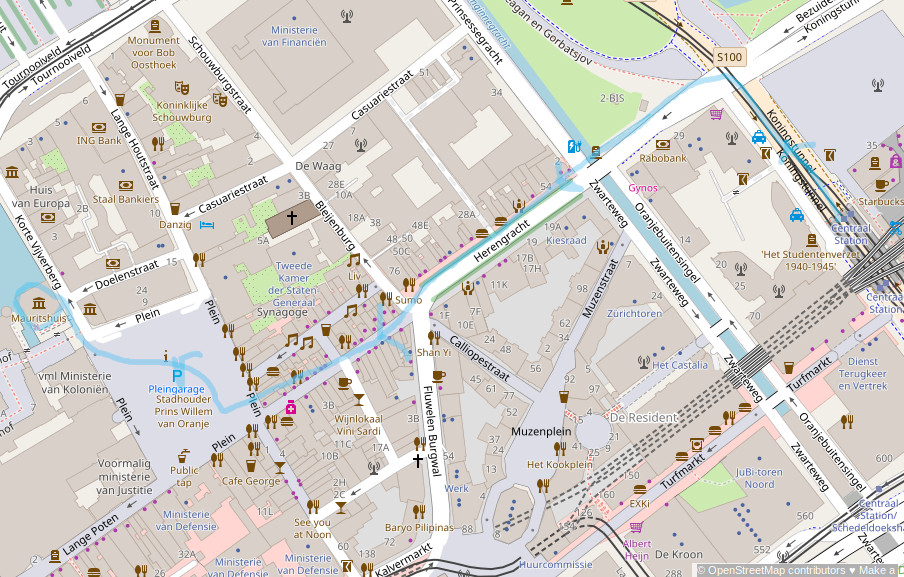
The Maurithuis House is a very small museum, somewhat like the Frick in NYC, but a bit larger. It is officially "the Mauritshuis Royal Picture Gallery". It is housed in the rebuilt 17h century home of Johan Maurits who made a fortune on the sugar trade and African slavery. The house itself was burnt to the bare walls in the early 1700's and then rebuilt, with 18th century touches and finally rebuilt in the 2012 into a more modern museum by connecting it to more space via an underground tunnel to the de Witte Society (which I find ironic if you know the history of the de Wittes). That makes it substantially larger than the Frick, but one can see the whole museum in 2 hours, certainly 3 hours. Even I, as a fanatic, was unable to spend more than 4 hours before I saw everything.
Originally, my main purpose of seeing this museum was to see the famous Rembrandt, "Anatomy Lesson of Dr Tulp". I didn't fully understand how many great works of art this museum had, especially the Fabritius "Goldfinch", Vermeers "Girl with a Pearl Earring" which was purchased in a garage sale, and "The View of Delft". A Rembrandt self-portrait of the highest quality is here, as well as Frans Hals' "Laughing Boy". With regard to Rembrandt, he has several important works here, maybe the second best collection in terms of quality including the "Two Moors", which is a very sensitive portrayal of of black men, especially for the period, and "The Laughing Man", and "Susanna", and "David and Solomon". Jan Steen's, 'As the Old Sing, So Pipe the Young', is one of the great great pieces for which they have two version. And this is just the must see pieces. In truth, so much talent is on display at the Mauritshuis that what is thought of as minor artists would be giants if not being from the Dutch Golden Age, and for not being houses with Vermeer, Rembrandt, Hals and Steen.
After seeing the Maurithuis, one can double back to the rail station and take the train to Central Station in Amsterdam or even South Station, and be back to your Amsterdam Hotel base before dinner. It is a great way to start your trip to the city. Just make sure to contact your hotel and alert them that you are making a late check in.

























I am an native New Yorker and part of my heritage in this city is the early arrival of Jews to this city, Sephardi Jews, from Amsterdam and Portugal, by way of Recife, Brazil in 1654. They quickly set up their first synagogue, Shearith Israel, on Mill Street in what is today the Financial District or Wall Street area. This became known as the Portuguese Synagogue, which still continues until today with an edifice on the upper West Side of Manhattan.
In a short period of time I had the pleasure of visiting this synagogue, and then visit Granada, Spain (ground zero for the Spanish Inquisition), and Tzfat, Israel (the great post expulsion Sephardi settlement in the Land of Israel), along with Hebron and Jerusalem. So in essence, I had followed the Jewish Diaspora for over 1000 years, befriending Jewish brothers and sisters around the globe in all these active communities. This is a topic worth its own website at some point.
I have children and Grandchildren in Israel and when I fly out to see them, I always spend a Shabbat in Amsterdam with my friends at the Esnoga. I love these people, deeply. And I love this synagogue, very deeply. I have had the honor of getting Aliyah's here on Shabbat, and eating in their homes, including my wine merchant friend, Marcelo Leon, Gabbi Lea and Rabbi Shimon Beck, Danny Wrona, and others.
The Jewish history of Amsterdam is sad. Obviously there is the world famous story of Anne Frank. The people of Amsterdam called for and held a citywide strike against the Nazi Occupation and Jewish deportations that was brutally repressed, ending on February 11, 1941 on the Waterlooplein. It is hard to understand why the two major Synagogues, Ashkenazi and Sephard, were allowed to remain. The Ashkenzi ediface was converted to a museum, as nearly no Jewish life remains on Jodenbreestraat.















































Unfortunately, the Van Goh Museum doesn't allow for Photographs, and that is a big problem. The museum itself is reason itself to go to Amsterdam and as an attraction, it rivals anything in the world. I made an error to go to Amsterdam over the Christmas Holiday, traveling on Christmas (what do I care, its not my holiday). Travel was easy but the lines to see anything in Amsterdam was unbelievably long, and none more so that the Van Gough Museum. The line was about 8 NYC blocks long to get in, wrapped around the Museum, through Museum Plein, about a city block back towards the Rijks Museum, where it crossed a nearly a long line to get into the Rijks Museum, back across the Plein near the red "AMSTERDAM" sign, and out the plein and down the street. I, however, had a VIP pass from previous trips and was allowed to bypass the line through the old entrance, and to go in.
The Van Gogh is a state of the art museum with state of the art security. I believe they are taking voice prints of everyone who enters the building. The place is packed all the time, and with crowds that rival the IRT at Grand Central, paintings have been stolen. Can anyone guess the value of VanGogh's Almond Blossoms? They have multiple painting that would auction into the billions of dollars and they have been robbed before. So the security is very serious. Like El Al, they speak to every patron who enters the building, they confirm their id, and they watch their behaviors. Camera's are everywhere. The museum will often let you get close to paintings, closer than they will at the Metropolitan, but cross their comfort zone and the guards are right there, and the paintings are individually alarmed.
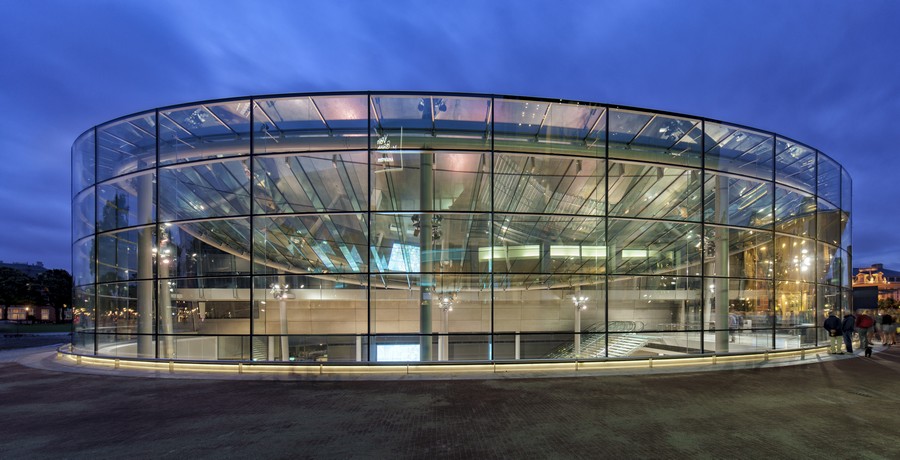
The Museum has, according to its 2017 report, 17,564 registered object which represents 99.5% of the entire collection (don't ask me to explain that). It might not be irrational to ask why. The only thing that matters when you have 210 of the greatest Van Gogh paintings in the world is his paitings. Not much else really matters. The public does a B-line straight for the Van Goughs and everything else is background. I've seen patrons blow past Renoir to find Van Gogh's at the Kroller-Muller. I've seen young women deep in conversation be startled into silence when confronted with St Remy's colors at the Van Gough Musuem. I've seen a near stampede to see Almond Blossoms in Philadelphia, driving in over 6 million dollars in sales in 3 short months. Van Gogh is the real rock star of the art world, and for good reason. His art touches the modern audience deeper than any artist in the last 500 years. In London's famed National Galleries, with Divincis, Rembrandts, Vermeers, Titans, and Raphaels, the only room that needs a security guard to control the flow of foot traffic in the Van Gogh room. And Van Gogh Museum has 210 of the most famous and desired painting on Earth in an embarrassment of embarrassment of riches.. but you can't take any pictures.
The Kroller-Muller Museum is a little gem of an institution that is placed in the middle of a national park. In order to arrive there from Amsterdam, and it is a must thing to do, one needs to take the train from Central Station to Apeldoorn. This connects to a 108 bus that takes you to Otterlo, and the entrance to the Nationale Park De Hoge Veluwe where you buy your ticket and wait for a van (the 106 bus) to take you to the entrance of the museum grounds. Along the way you will get a chance to see the fantastic Dutch landscape: canals, sheep, horses, green grass, tulips, sun flowers, and windmills. It is a fantastic side trip. It is about a 2 hour trip.
Below is twolve images of the entrance into De Hoge Veluwe national park and the entrance into the musuem grounds. We have images from winter and spring. The young women is my daughter, Shoshana Rivka Safir-Klein. This trip to Europe was a graduation present for her after she graduated Kingsboro Community College. My daughter is a great art lover, and an animal lover. The other women in these images is my Israel friend, Ronnie Eren-Wright, who I met in Granada, Spain. We toured much of Europe, the US North East, and Israel together. The young man in some of the photographs below is my Son, Schmuel-Leib Eliezar Safir, who is a Rabbinical student. We took this side trip when he was studying in Jeruslam. I think he got much from this trip.
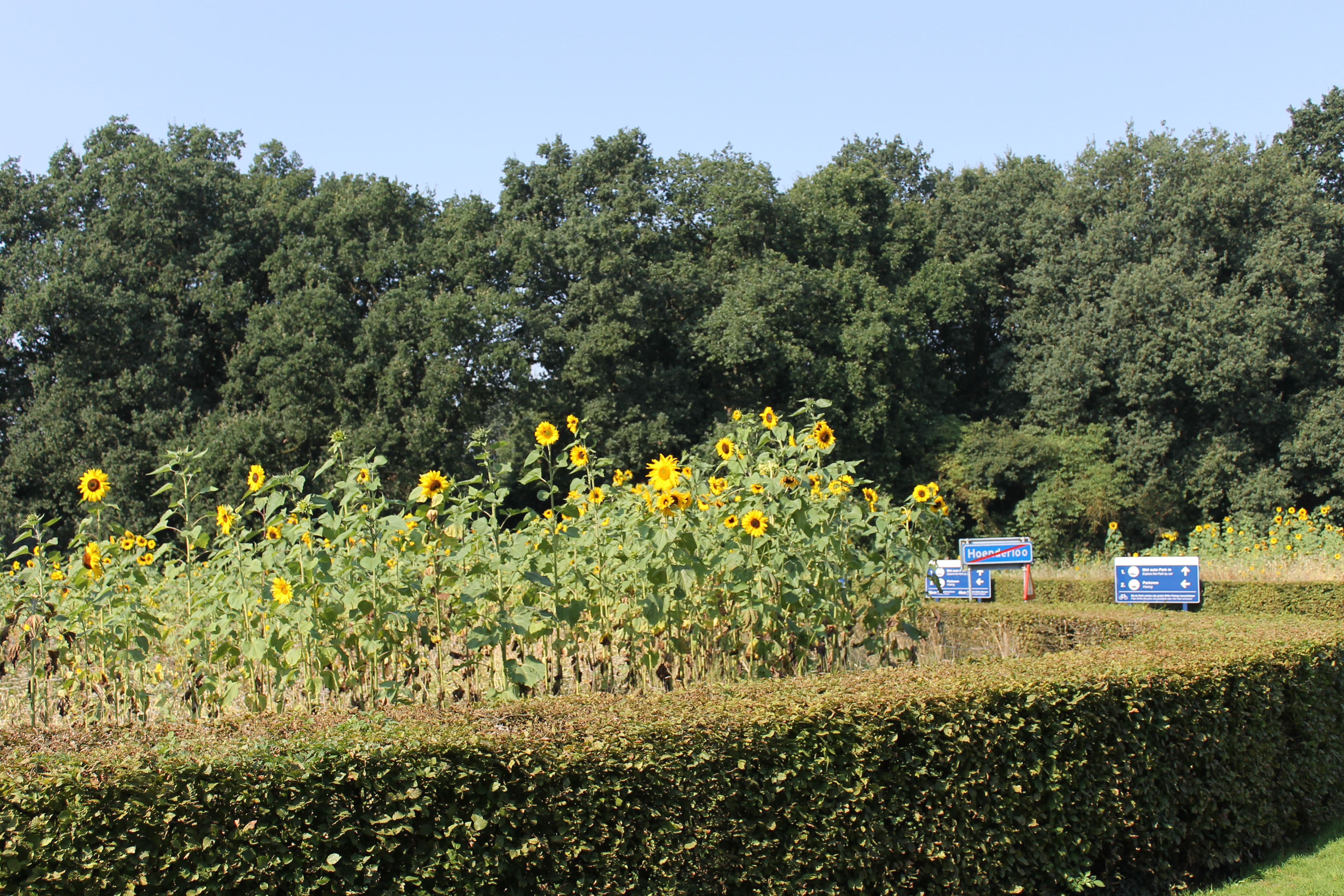
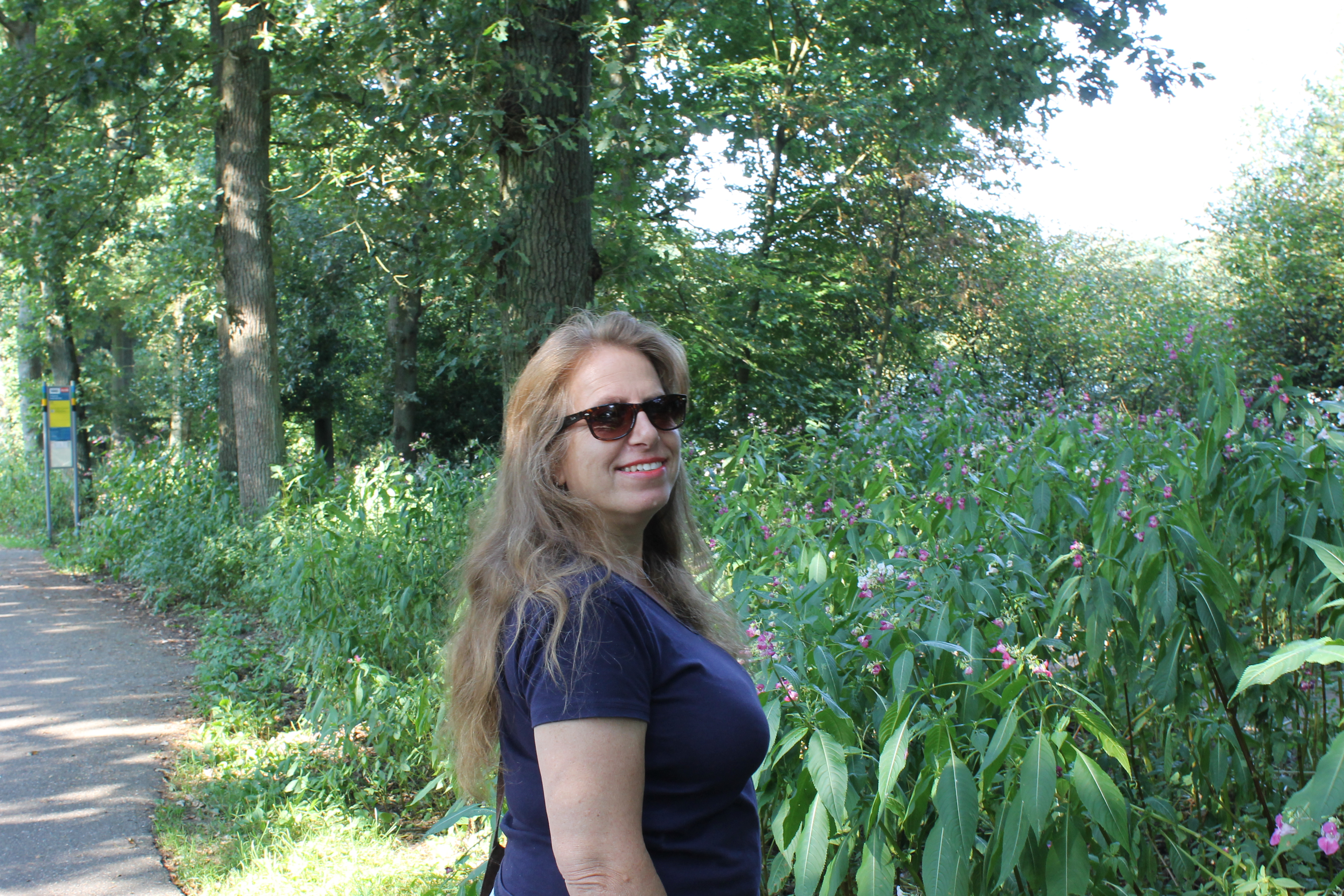
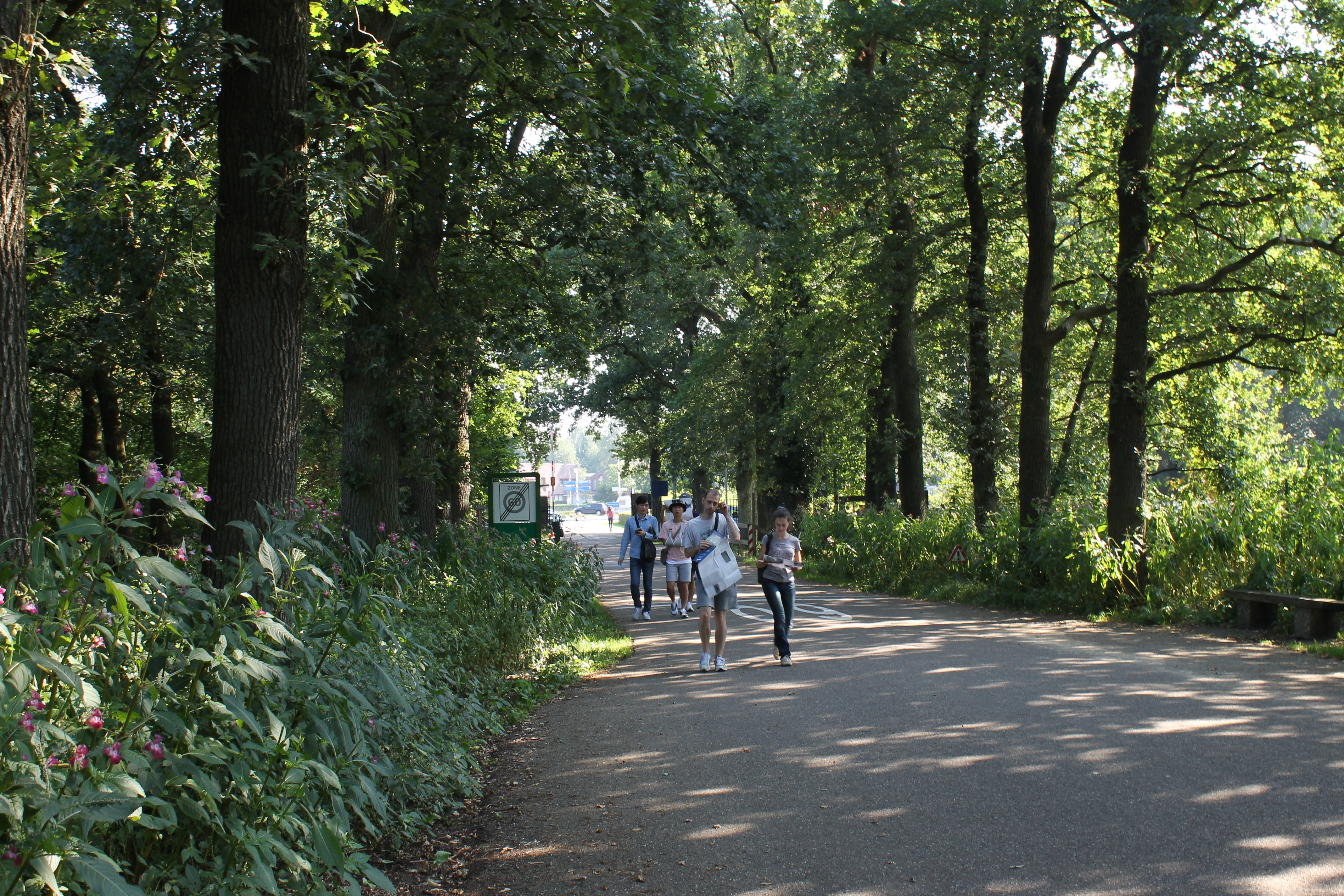

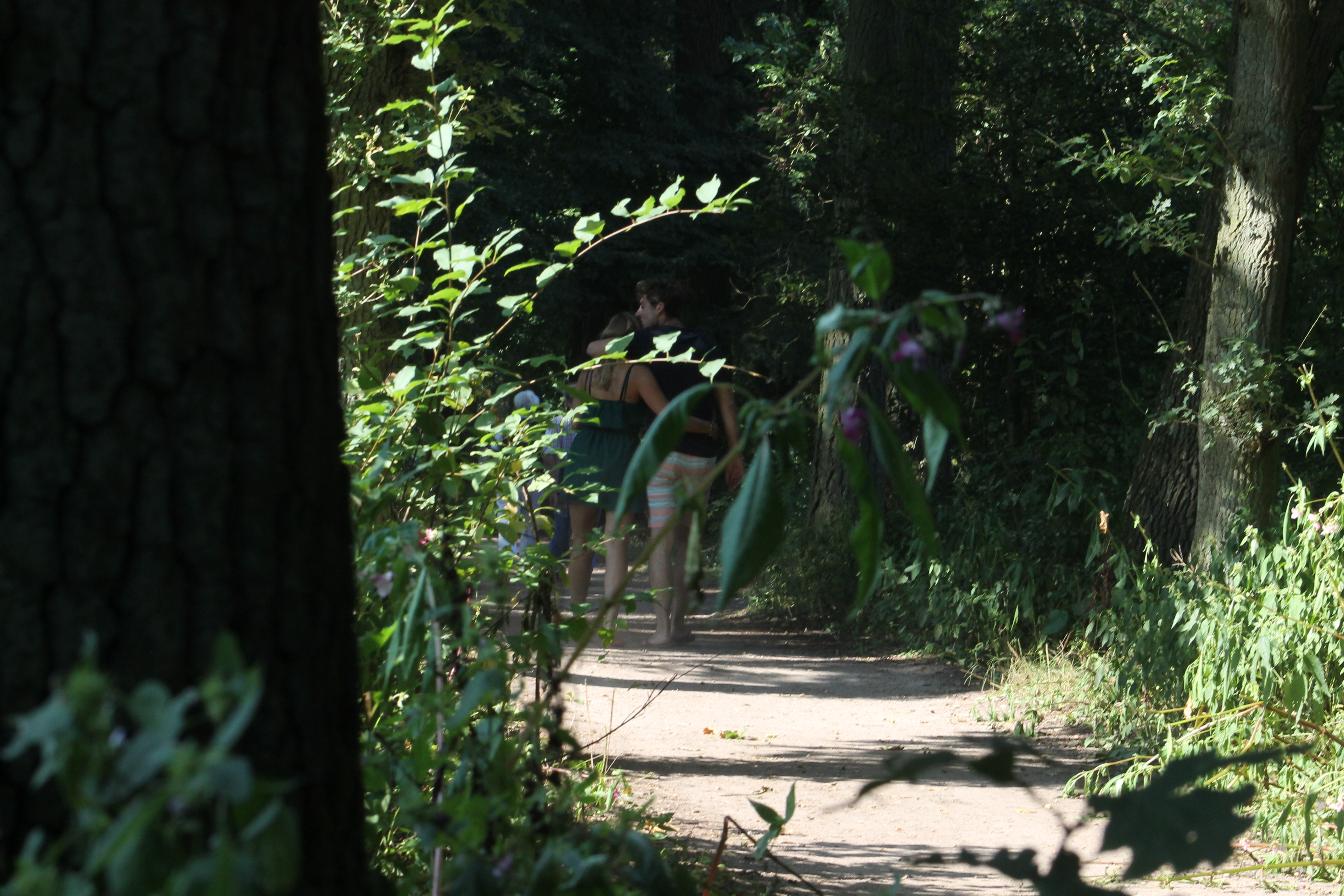
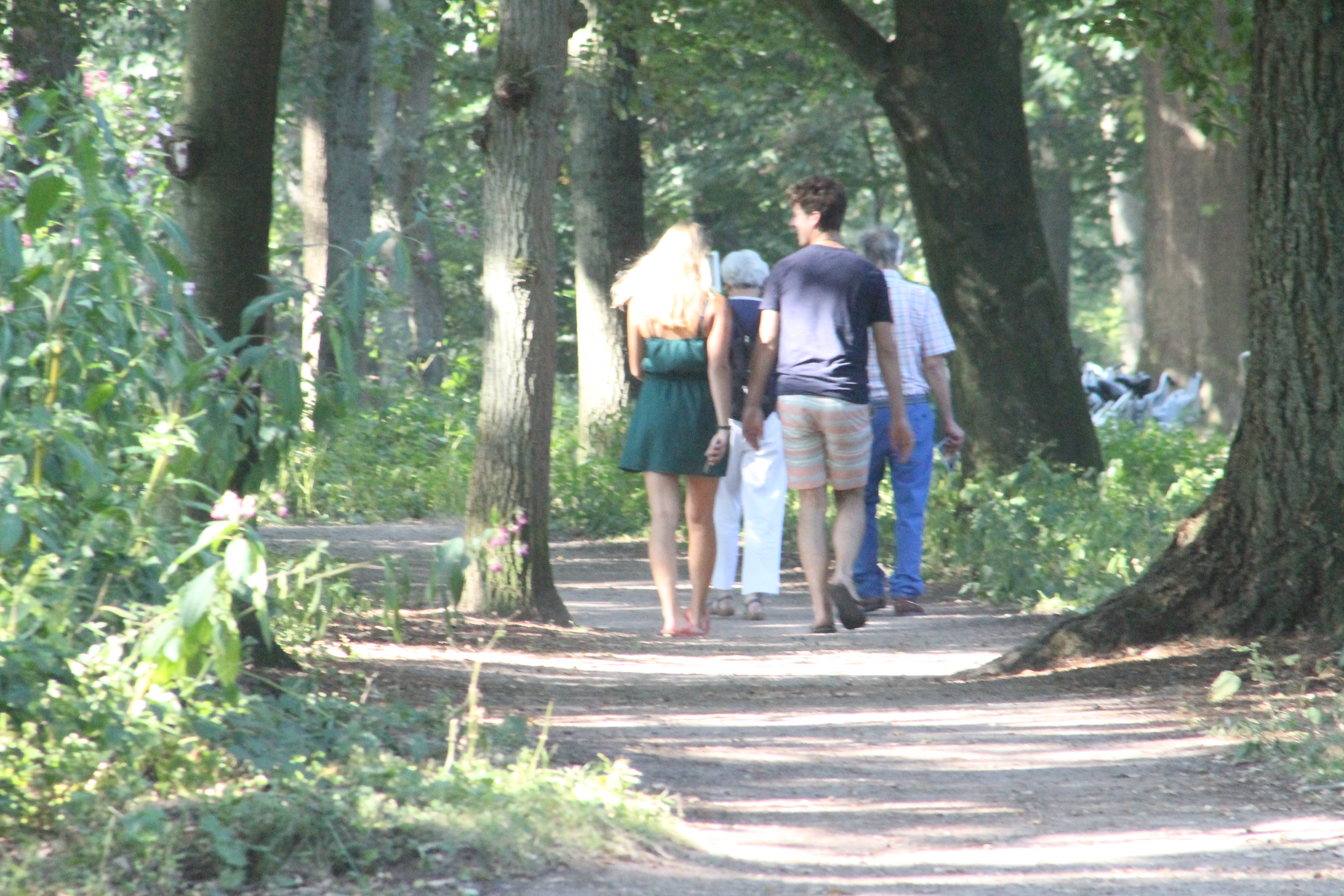
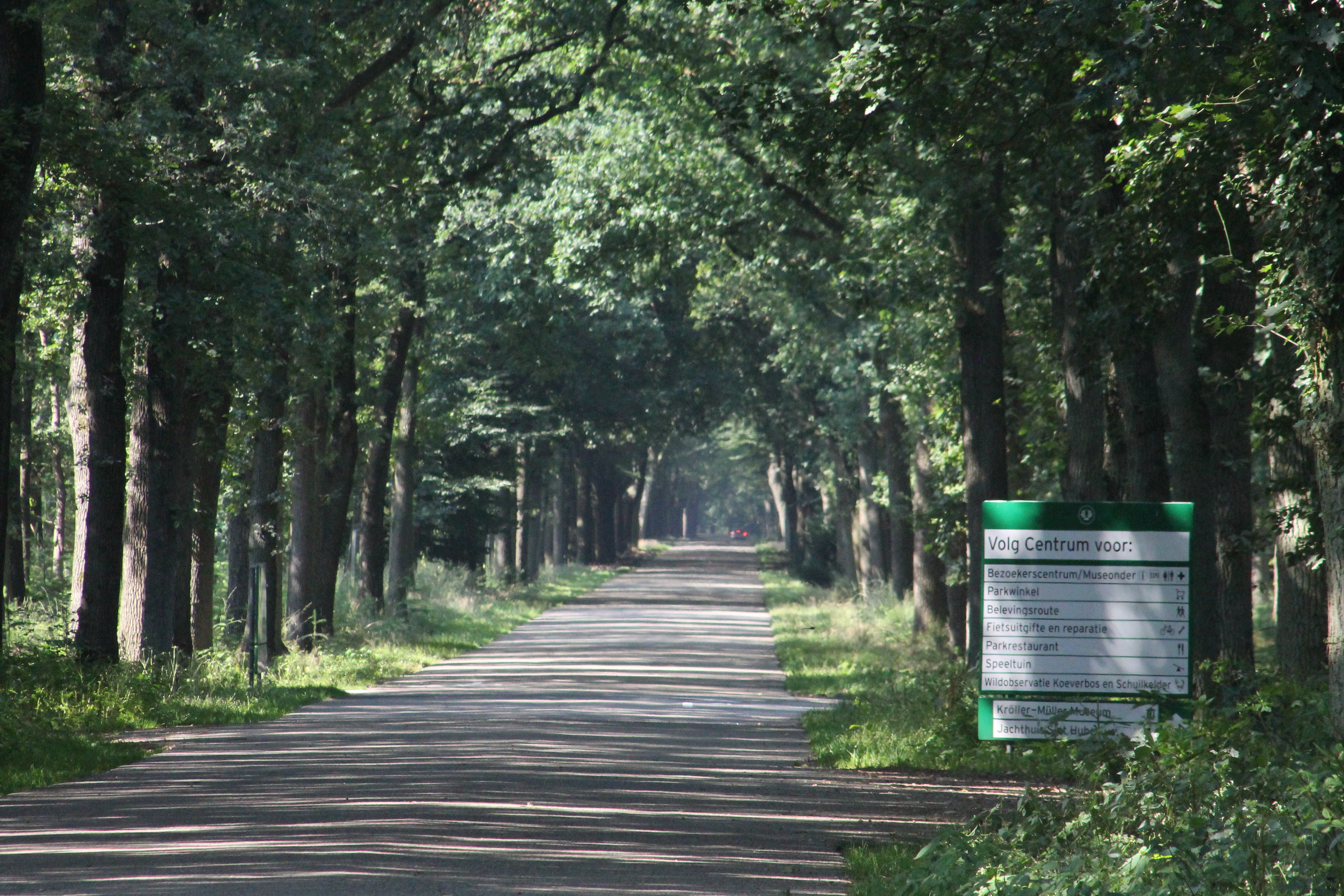
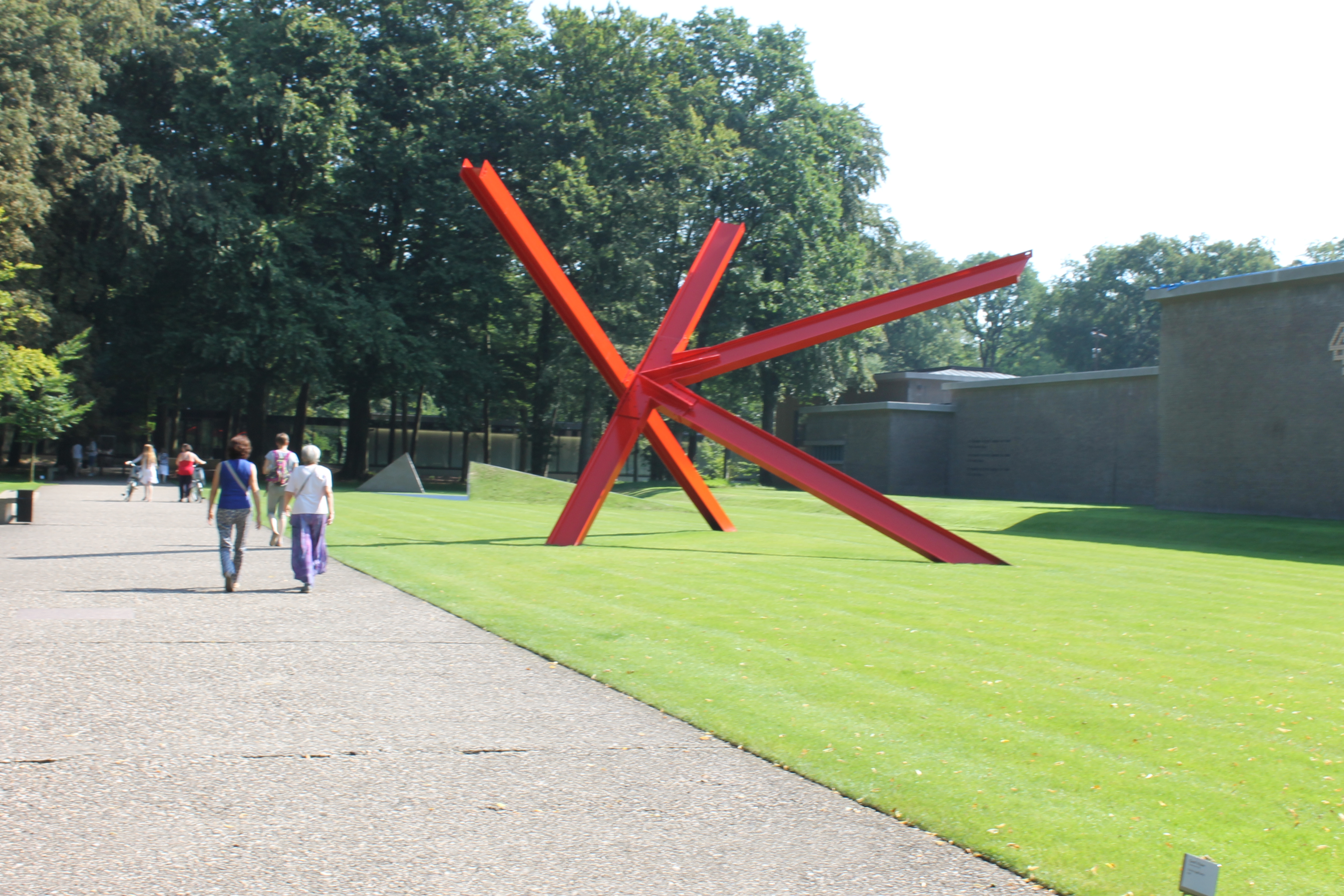
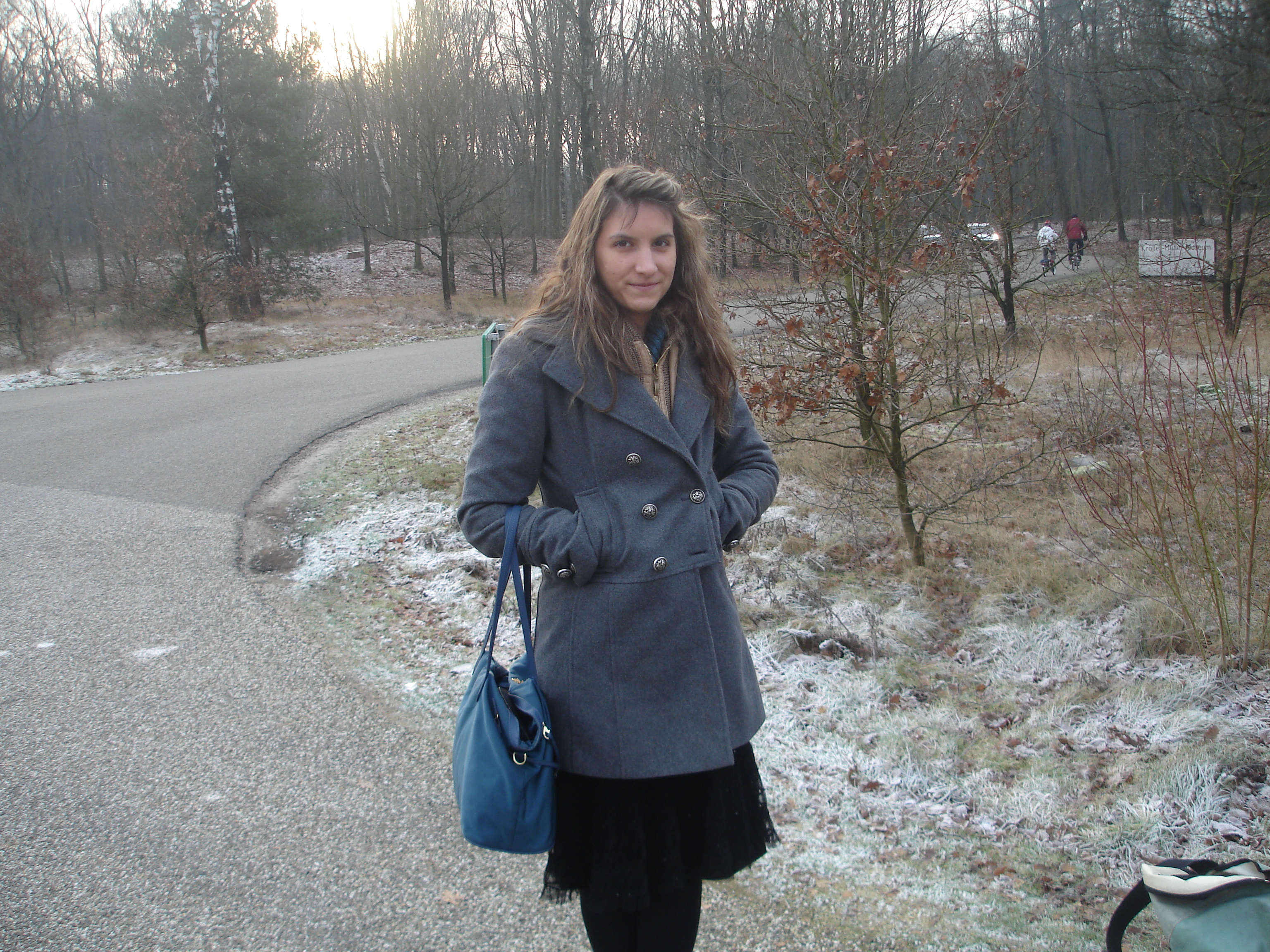
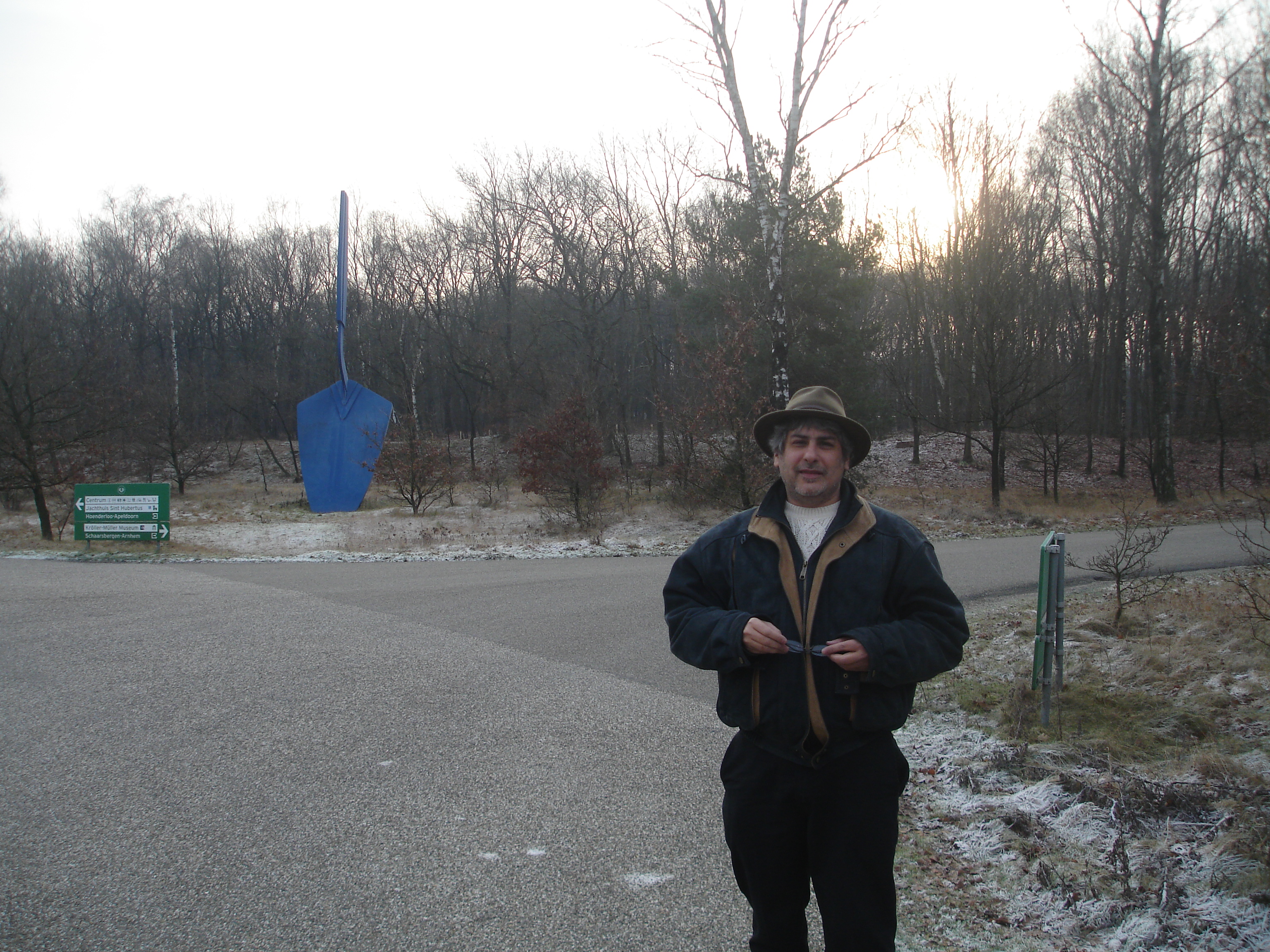
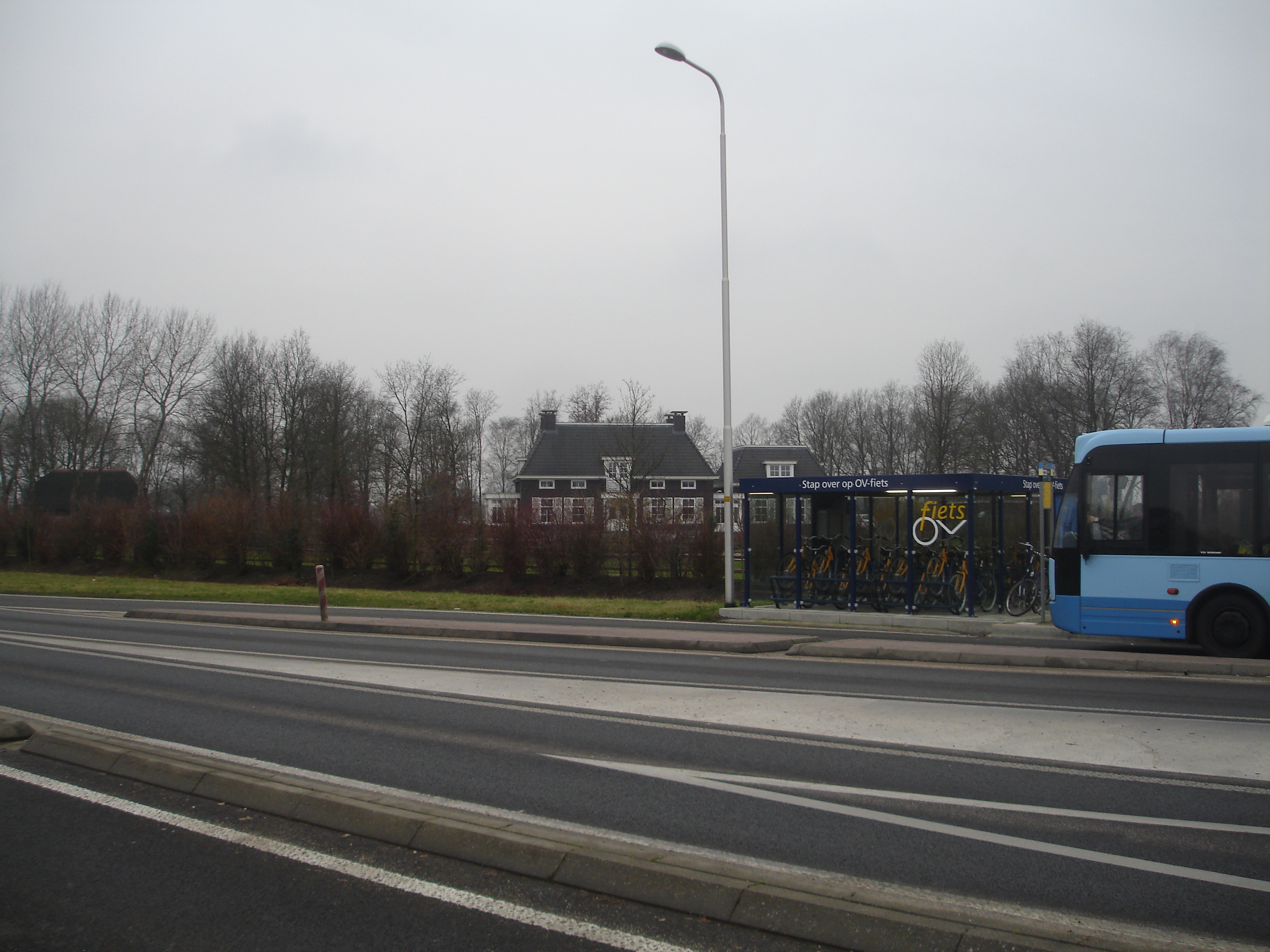
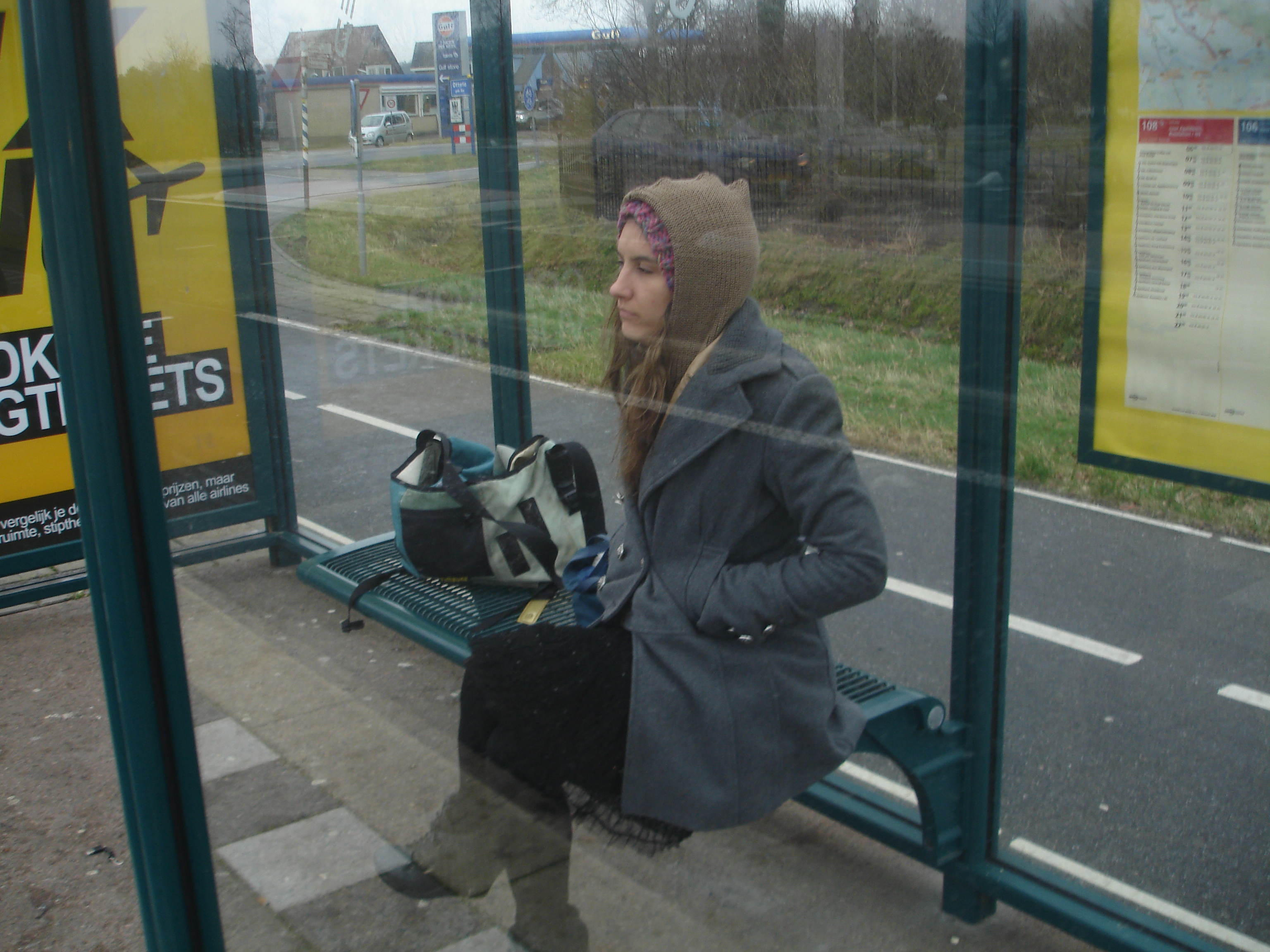
The major reason one goes to the Kroller-Muller is because it has the second largest collection of Van Gogh's in the world. Helene Muller discovered Van Gogh around the turn of the 20th Century and was dismayed to learn that the artist shot himself. She picked up choice examples of Vincent's works for pennies on the dollar. And through her collecting, she established Van Gogh as the premiere artist he is known today. The museum has a listing of the prices that painting were purchased for into the 1920s and beyond. But the Kroller-Muller is more than that. Below is a sampling of images of the trip to the Kroller, the national park that it resides in, and images of paintings, people, scuplture and garden from the museum. Of all the musuems I've visited over the decades, the Kroller is the one that leaves me with the foundest memories. The art is very much life affirming.
















Much of the rest of this are Van Gogh's works and close up of his painting's details which I find fascinating.





















































From here we are taking a look at the Museums famous sculpture gardens and grounds. There is a lot more to the grounds and the garden, but this museum just tired me out.















The biography of Frans Hals is interesting in that, unlike most people of his generation, he lived until a ripe old age being born in 1582 and died at the age of 84 in 1666. This would mean that he was, during much of the Dutch Golden age, an elder statesmen of the art world, being born in Antwerp and living through much of the Dutch revolt. He would have been born just at the start of the declaration of Independence of the 7 northern providences following the terrible repression of the Spanish Monarchy of Netherlandish and Flemish Protestantism. This was the start of the 80 year war which was brutal, so brutal to have given birth of heinous works of art such as Bruegels, Massacre of the Innocent, a painting so brutal that that later patrons felt it necessary to cover up the slaughter of the children with hams and geese.

This was a generation that was all to familiar with the most gruesome forms of death. Another example for Bruegel's is The Triumph of Death about 1563. These are works of art that are prescient of Picasso's Guernica. The Hals family moves from Spanish dominated Antwerp to Haarlem.
By 1610, Hals was already producing portraits that we had come to
know, including that of Jacobus Zaffius, 1611 which is on display at
the Hals Museum.
 Jacobus Zaffius - 1611 |
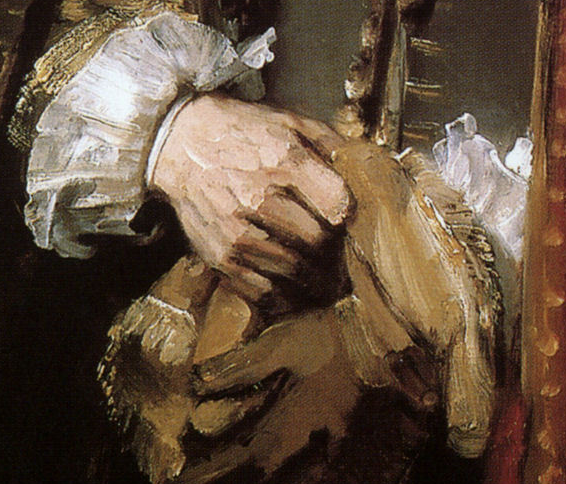 Jan Six - Rembrandt |
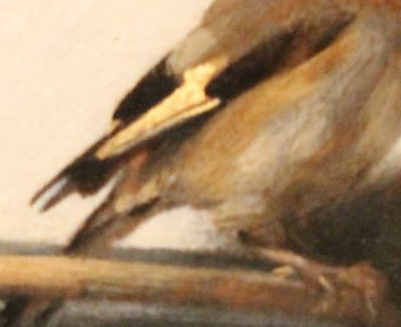 The Goldfinch - Fabritius |
As Hals aged, he suffered from poverty but received a pension from the City of Haarlem. Eventually, he ended up living at St Elizabeth's. As a result of this, the hospital possessed many Hals artifacts and works of art. These in turn eventually ended up owned by the City of Haarlem, which in 1913 moved the collection to the "old men's home" where Hals had lived though the end of his life. What is interesting is that when we went to Haarlem, which is truly an ancient and charming city, we made a quick run from the train station, arriving from Amsterdam in about an hour ride. I wasn't looking at many of the details about me. But after we finished with the Museum, I started to take pictures. When I got home I had come to realized that the buildings around the museum where the very same ones that Hals' life was played out, including the St Elizabeth's hospital.








The Museum itself was better than I anticipated, and I am looking forward to going back, and exploring more of Haarlem. This wasn't because I had low expectations for the museum. In fact, I had done a lot of research prior to going and I had high expectations. It is just that the museum is really a world class institution, and the art is fabulous. This is a very special place.
The life size group works by Hals are well written up and I can add nothing to the historical greatness of these pieces. In real life, that are bewildering. They are powerful, vibrant and really put you in the moment. They were originally hanging on the walls of the hospital before being moved across the street to the alms house which serves as the museum (incidently, the Hermitage Annex in Amsterdam is also housed in an old alms house). There are some drawbacks to the building, which perhaps shows you how spoiled we have become with the quality of the exhibition spaces in the Netherlands. Windows cause glare on these wall sized painting, and cracks have developed in the paint making some of the works difficult to see at various parts of the day. The cracks that are developing in these 400 year old paintings can beak your heart. It is not as bad a Da Vinci's last supper, which is all but gone into history. But the damages are substantial and inherent to the paints.
















































































I've been lucky enough in my life to have visited Amsterdam enough times to feel familiar with the city, and to know it well enough to understand its imperfections. Great cities, in my experience, prove themselves in their faults, and not just their attractions. I feel that in order to satisfy myself about a place I want to explore, that I need return again and again, until it is familiar. Once I do that, then I have integrated something of that place to my own experience and person, and I can walk away being influenced by that place.
All the world's a stage, And all the men and women merely players; They have their exits and their entrances, And one man in his time plays many parts, His acts being seven ages. At first, the infant, Mewling and puking in the nurse's arms. Then the whining schoolboy, with his satchel And shining morning face, creeping like snail Unwillingly to school. And then the lover, Sighing like furnace, with a woeful ballad Made to his mistress' eyebrow. Then a soldier, Full of strange oaths and bearded like the pard, Jealous in honour, sudden and quick in quarrel, Seeking the bubble reputation Even in the cannon's mouth. And then the justice, In fair round belly with good capon lined, With eyes severe and beard of formal cut, Full of wise saws and modern instances; And so he plays his part. The sixth age shifts Into the lean and slippered pantaloon, With spectacles on nose and pouch on side; His youthful hose, well saved, a world too wide For his shrunk shank, and his big manly voice, Turning again toward childish treble, pipes And whistles in his sound. Last scene of all, That ends this strange eventful history, Is second childishness and mere oblivion, Sans teeth, sans eyes, sans taste, sans everything.
This is no more true than when we live in our great cities. They are the urban stage of our civilization, our families and our communities. Community is the central player our our towns, and within Amsterdam a community thrives and begs our participation. It's reputation as a vacation spot does a disservice to its nature. The openness, often to the point of recklessness, is not the cause of Amsterdam's spirited civic life, but a result of it. From its youth it has been a city obsessed with the philosophical struggle between individual responsibility, discipline and communal responsibility. It might be the most libertarian city in the world, but it is also has one of the most discipled populations. Fortunes have been made and lost, and yet it has a long tradition of community service to the poor. It has most often been harsher on the debtor than the Catholic and the Jew. They are calculated gamblers, such that they were briefly the greatest Naval power in the world, until it was just not practical to continue to do so. The Dutch have a love affair with Jan Steen, and Jan Steen's paintings might well be an analogy for the nation as a whole, and most certainly the City of Amsterdam itself. The Dutch pass laws they never intend to enforce as a practical matter. Rather than depend on police force, they depend on an expectation of informal conformity and common sense to get through most of their days.
In this context, Amsterdam is a terrific stage for human
events. The Masters of the Dutch Golden Age set a stage for us
of their lives, and history, in a way that had had never
previously been attempted. Flipping through a catalogue of
artworks, such as is presented here, is like going through
the photo album of an extended family, forbearer's of the
entirety of the liberal Western Civilization. We are moved
from scene to scene, in an unfolding struggle for humanity to
define itself, not scientifically in a Darwinian haze, but in
the spiritual realm. The brevity of life is a constant theme
in Dutch art, and our individuality, while coming into focus,
is tempered always by the trauma of independence. Amsterdam is
a unique stage for personnel development. We can tap into the
deep wells of human civilization, not on the scale of the
Egyptian pyramids, but on the scale of a canal, the interior of
a home, or a church, the bathing of a child, the flirtations of
a prostitute, the taste of an oyster, the pride of a father,
the celebration of a regiment, the radiance of a field of
wheat, the drama of a ship entrapped by a storm, the scrutiny
of the quality of goods, the flash of a smile, all the things
that people do to define themselves, to struggle with their
mortality, to try to hew a legacy, to run a home and find place
for themselves on the stage of life.
This is Amsterdam
New York is blessed with a Dutch heritage that manifested itself in many of its core attributes, including its commerce, its liberty, its self-reflection, its love of the arts, its boisterousness, and its tolerance for individual folly. It is a city that is largely slow to judge, and is just to damn busy for trivialities. This is why New York has been a unique urban power in the 20th century. It stands out from Boston, Philadelphia, Washington DC, Chicago, or even London, Paris and Berlin. It has Dutch cosmopolites in its root. It is, and always has been, a conservative bastion such as the Dutch. Change does not come easy. It struggles to find consensus, but it experiments incessantly. It's conservatism is the base that permits growth, tolerance, experimentation, and the white lights. It is not easily moved as it focuses on enterprise, practical solutions, hard work, and hustle. What you bring to the table is valued more than who you are, or what you believe as long as your radicalism doesn't upset the social order to the degree to disrupt the social framework that makes wealth generation and individuality possible. This is all Dutch.
There are differences between the two cities as well. And these say much about us as well, and makes the trip to Amsterdam valuable. It is hard to imagine that Amsterdam would ever suffer the kind of implosion that New York did in the late 20th century. America has had a love hate relationship with its foremost metropolis. It's successes have been resented. Its liberalism has been resented. And when it was faced with greater poverty and racial strife than it could cope with, it was largely abandoned by the nation. This would never happen with the Dutch. For the Dutch, Amsterdam is a point of national pride, and a national treasure. It has been crowned a capital, although it has nearly no capital functions, and the real capital is in De Hague. The Dutch also have greater cohesion and discipline of a sort. Without negotiation, in the Netherlands streets are clean. Graffiti is removed. Trains run on time. Problems are solved, and not ignored. There is a consensus about the minimal expectations of the public sphere. This is not to say they don't have conflict and problems, because they have many problems and more are coming. But they are resolved to uphold basic order upon which its people can depend on. Its conflicts and chaos rests on a basic platform of order and collaboration that the City of New York is missing. The bicycle chaos that exists in Amsterdam, as an example, can never happen in New York City. The body count would just be too high.
So here are some tips about visiting Amsterdam and trying to see all the art, especially if you are Jewish
